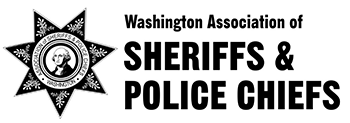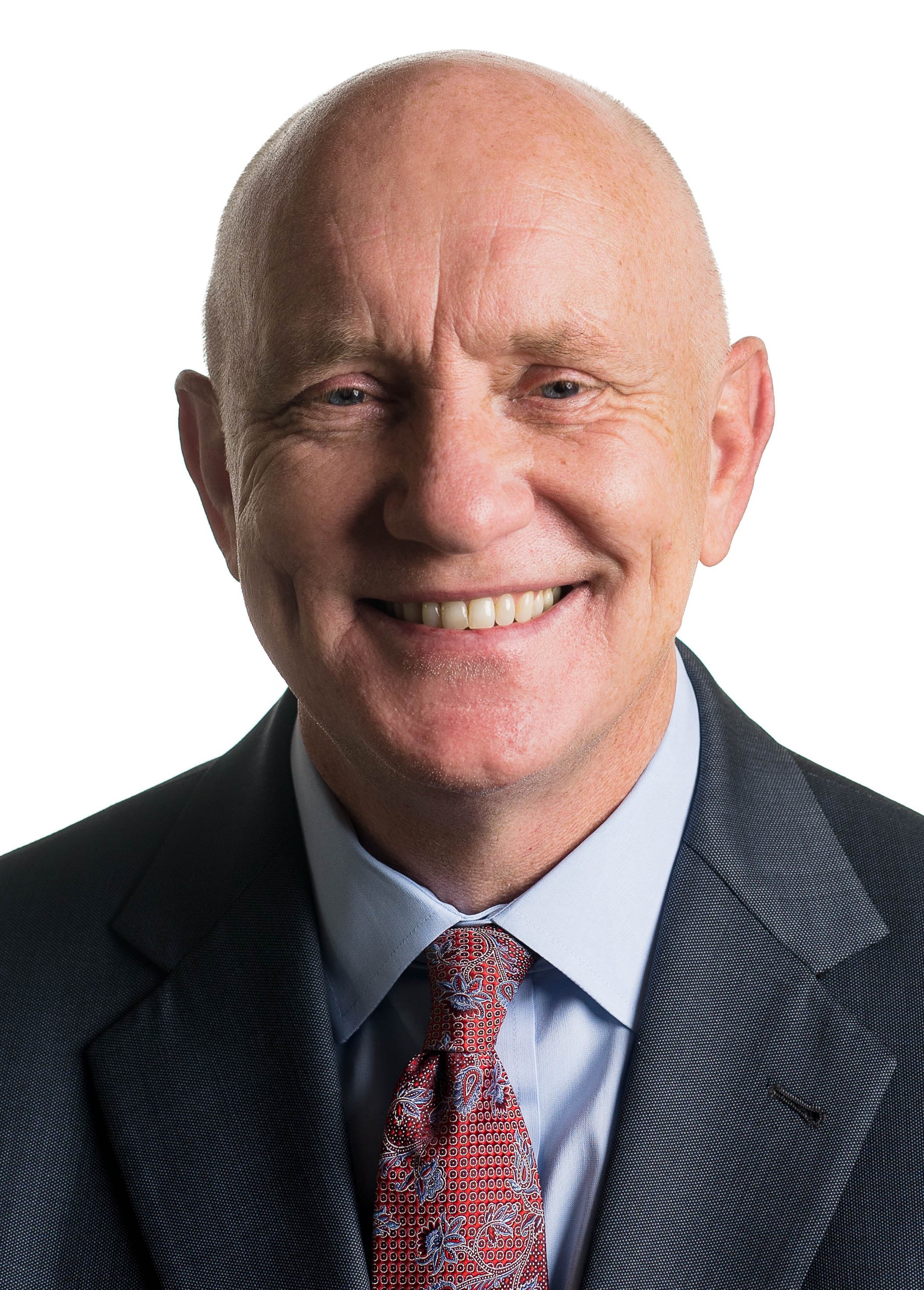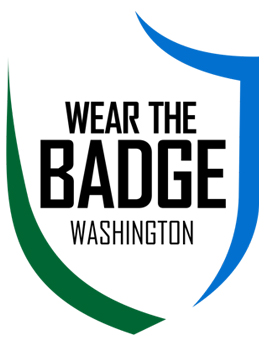- Home
- WASPC
- About WASPC
- Committees
- Boating Safety Committee
- Corrections Committee
- Finance & Personnel Committee
- Grants Committee
- Intelligence and Homeland Security Committee
- Indian Country Law Enforcement Committee
- Law Enforcement Education and Training Committee
- Legislative Committee
- Membership Committee
- Model Policy Committee
- NIBRS Advisory Committee
- Past Presidents Committee
- Professional Services Committee
- Public Trust Committee
- Sex Offender Notification and Registration Committee
- Small Agency Committee
- Technology Committee
- Traffic Safety Committee
- University Policing Committee
- Volunteer Administration Committee
- Wellness and Resiliency Committee
- Conference Attendees
- Conference Vendors
- Executive Board
- WASPC Staff
- WASPC Employment Opportunities
- GBM Agendas, Minutes & Resolutions
- Visit WASPC
- Programs & Services
- LE Resources
- Jail Resources
- Public Resources
- Members
PERF Information on George Floyd’s Death and Subsequent Demonstrations (used by permission)
Demonstrations about the death of George Floyd in Minneapolis continue to dominate police operations in many parts of the country, so PERF has prepared the following report highlighting important or interesting aspects of the crisis. This report begins with articles about negative developments, but concludes with success stories. Click on the headlines for the full articles. George Floyd death: Experts say knee-to-neck restraint is dangerous, but Minneapolis allows it But the technique is allowed in Minneapolis. The Minneapolis police officer who knelt on George Floyd’s neck had 18 previous complaints against him, police department says It’s unclear what the internal affairs complaints against the officer, Derek Chauvin, were for. Only two of the 18 complaints against Chauvin were “closed with discipline,” according to an MPD internal affairs public summary. Chauvin was not the only officer on the scene that day with a history of complaints against him. Former officer Tou Thao had six complaints filed with internal affairs, one of which was still open, according to the public summary. The other five complaints had been closed without discipline. Police describe anarchists’ extensive prep for violence, including ‘bicycle scouts’ “And they developed a complex network of bicycle scouts to move ahead of demonstrators in different directions of where police were and where police were not, for purposes of being able to direct groups to places where they could commit acts of vandalism, including the torching of police vehicles and Molotov cocktails.” NYPD Commissioner Dermot Shea told NBC News on Saturday night that the groups use “hit and run” tactics that make it difficult for police to identify them in the large crowds. Law enforcement officials said that makes it difficult to catch up with these actors and make arrests. Aurora’s police chief joined peaceful protests. Rioters wreaked havoc in the downtown hours later. Police responded by firing tear gas and rubber bullets into the crowd, which swelled to about 500 people at its height. Some onlookers, in turn, hurled chunks of concrete and other objects at officers, shrouding the message of nonviolence urged earlier that day during peaceful protests. Many onlookers cheered as a gas tank on one of the squad cars exploded and flames engulfed the entire vehicle. In Aurora, the day began with Ziman inviting protesters to the Police Department to discuss Floyd’s death. As Ziman answered questions about everything from body cameras to her department’s hiring practices, a clear divide emerged among those gathered. Some wanted to engage with the officers and continue a nonviolent protest, while others demanded more aggressive tactics. The two sides began shouting at each other until the more hostile group moved toward the downtown and people began plundering businesses. “I started my day assembling with good people who wanted to be heard. The majority who came to our police department to say they’ve had enough were hurting — and they were kind and good,” Ziman wrote on Facebook. “And they marched in our streets peacefully to City Hall. A group walked to the Outlet Mall but it was fortified with police. So they went to our downtown and tried to burn it down.” Boston protests against George Floyd killing begin peacefully, end in violence, arrests Night of destruction across D.C. after protesters clash with police outside White House D.C. Police Chief Peter Newsham — who noted that 11 of his officers were injured Saturday, including one who fractured a leg after being hit by a brick — blamed the violence and vandalism on a small group and said his officers were prepared to handle any further unrest. Why some police officers stood with protesters outraged over George Floyd’s death “I never thought of anything else, to be honest,” Camden County Police Chief Joseph Wysocki told ABC News. For Camden, the police demonstrating alongside protesters was not just a one-day phenomenon, but the continuation of years of efforts to bridge ties with residents since 2013, when the county police department took over public safety from the city’s police agency. “It’s a community, and we’re part of the community. It’s not us policing the city; it’s us, together,” Wysocki said. NYPD Chief of Department kneels in solidarity with George Floyd protesters A video of Genesee County Sheriff Christopher Swanson removing his riot gear and walking with Flint protesters went viral Saturday. "We want to be with y'all for real so I took the helmet off and laid the batons down," Swanson can be heard saying in video. "I want to make this a parade, not a protest." Swanson said his office could see a mob of protesters moving gradually toward the Genesee County Sheriff's Office when they began to suit up in riot gear, unsure of the temperament of the crowd they were about to face. As a collection of law enforcement agencies from the Flint area went out near Flint Township, Swanson said he saw a Flint Township officer reach out and fist bump with someone in the march. At that point, the sheriff said, he knew there was still room for communication between the public and law enforcement. Swanson removed his riot gear, going against almost all of his training, and approached one of the leaders of the movement. Schenectady Police Chief Eric Clifford talked about his department’s efforts to recruit racial minority recruits, but people in the crowd were skeptical. “This does not satisfy us! This is not enough!” shouted a woman from the crowd. It was shortly after that moment that Clifford took the knee, and the rest of his officers joined with him. Once they did, tension almost immediately dissipated. Police Chief Dana Wingert was on the scene and praised the actions of his officers and the protesters. “What you have here, you have men and women that know the difference between right and wrong and you have community relationships that respect that,” Wingert said. “That’s what this was all about. This is a success.” Houston Police Chief Art Acevedo speaks to a crowd of demonstrators |


